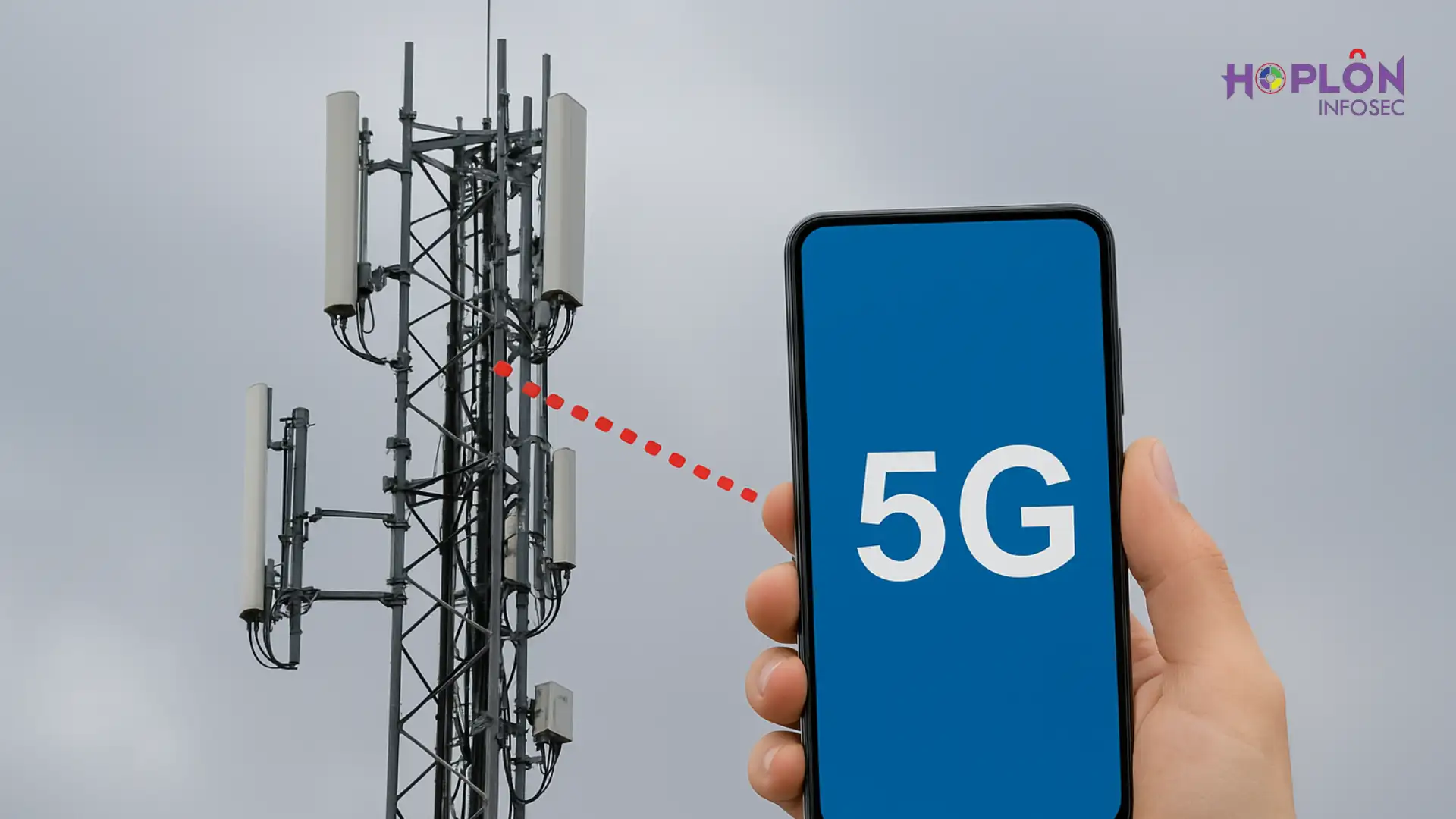In a swift response to a significant security vulnerability, Microsoft has released a patch addressing a critical flaw in Windows 11, version 23H2. This vulnerability tracked as CVE-2024-30085, could allow local attackers to escalate privileges to the SYSTEM level, posing a grave threat to affected systems. Security researcher Alex Birnberg brought this flaw to light during the TyphoonPWN 2024 cybersecurity competition, where he secured third place for his demonstration. This incident underscores the importance of global cybersecurity efforts in identifying and mitigating vulnerabilities in widely used software.
TyphoonPWN 2024: A Platform for Cybersecurity Innovation
Typhoon PWN is one of the premier cybersecurity competitions, attracting top security researchers from around the globe. It provides a platform for these experts to showcase their skills by exposing vulnerabilities in widely used software. The event is pivotal in advancing cybersecurity by encouraging collaboration and innovation. Birnberg’s successful demonstration of CVE-2024-30085 during the competition highlighted the critical need for proactive vulnerability management and rapid patch deployment.
Details of the Vulnerability: CVE-2024-30085
The vulnerability resides in the Cloud Files Mini Filter Driver (cldflt.sys) within Windows 11. This driver is integral to the operating system’s cloud-based file storage and synchronization handling. The flaw stems from improper validation of user-supplied data while parsing reparse points. Specifically, the driver fails to validate the size of the data before copying it to a fixed-length heap-based buffer, making it susceptible to buffer overflow attacks.
Root Cause Analysis
Independent security researchers conducted an in-depth analysis of the vulnerability, pinpointing its root cause in the function HsmIBitmapNORMALOpen within the Cloud Files Mini Filter Driver. The improper handling of reparse point bitmaps allows attackers to bypass essential checks and introduce malicious data into the system’s memory. The flaw is triggered when the length verification of reparse data is skipped under specific conditions during file operations.
This lapse in validation can be exploited to overwrite memory, enabling attackers to execute arbitrary code with SYSTEM-level privileges. Such an exploit requires the attacker first to gain the ability to execute low-privileged code on the targeted system. Once achieved, they can craft a malicious reparse point to exploit the vulnerability, leading to privilege escalation.
Demonstration at TyphoonPWN 2024
At TyphoonPWN 2024, Alex Birnberg showcased a carefully crafted exploit that leveraged the vulnerable function to achieve SYSTEM-level privileges. His demonstration involved:
- Creating a malicious reparse point.
- Exploiting the improper handling of reparse point bitmaps.
- Executing arbitrary code in the context of the SYSTEM user.
This proof-of-concept exploit highlighted Birnberg’s analysis’s technical depth and creativity, earning him third place in the competition.
Microsoft’s Response

Following Birnberg’s disclosure, Microsoft acted promptly to address the vulnerability. The company released a security update that patches the flaw, demonstrating its commitment to user safety and proactive cybersecurity practices.
Patch Deployment
The patch for CVE-2024-30085 addresses the underlying issue by ensuring proper validation of reparse point data before copying it to memory. This update eliminates the risk of buffer overflow attacks associated with the vulnerability. Microsoft has advised all users of Windows 11, version 23H2, to install the latest security update immediately.
Best Practices for Mitigation
Organizations and individuals must adopt robust cybersecurity practices to minimize the risk of exploitation. The following measures are recommended:
- Restrict Administrative Access: Limit administrative access to trusted users and enforce the principle of least privilege.
- Regular Updates: Ensure all Windows systems are updated with the latest security patches.
- Monitor System Activity: Watch for unusual behavior, especially around file operations and reparse points.
- Employ Intrusion Detection Systems (IDS): Use IDS to monitor for signs of exploits targeting known vulnerabilities.
- Audit Cloud Files Mini Filter Driver Usage: Review and restrict access to systems utilizing the Cloud Files Mini Filter Driver.
- Minimize External Access: Limit external access to systems requiring elevated privileges.
By implementing these best practices, organizations can significantly reduce the risk of exploitation and enhance their overall security posture.
Broader Implications for Cybersecurity
The discovery of CVE-2024-30085 underscores the critical importance of proactive cybersecurity measures. Events like Typhoon PWN are vital in exposing vulnerabilities and fostering collaboration between researchers and software vendors. Such initiatives enhance the security of widely used software and strengthen the overall cybersecurity ecosystem.
Microsoft’s swift response to this vulnerability highlights the industry’s commitment to safeguarding users. By prioritizing vulnerability disclosure and patch deployment, software vendors can mitigate the risks of emerging threats.
Call to Action for Users
All users of Windows 11, version 23H2, are strongly urged to update their systems immediately. The patch for CVE-2024-30085 is available via the Microsoft Update Guide, and installing it is essential to protect against potential exploits.
Steps to Update:
- Open the Windows Settings app.
- Navigate to “Update & Security” > “Windows Update.”
- Click “Check for updates.”
- Install the latest updates.
Users can keep systems updated to ensure their devices remain secure against this and other vulnerabilities.
The recent discovery and patching of CVE-2024-30085 are a stark reminder of the evolving cybersecurity landscape. As attackers develop increasingly sophisticated techniques, the role of researchers and proactive measures becomes more critical than ever. TyphoonPWN 2024’s exposure to this vulnerability highlights the cybersecurity community’s talent and reinforces the importance of collaboration between researchers and software vendors.
Microsoft’s swift response to patch the vulnerability demonstrates its commitment to protecting users. By following best practices and maintaining up-to-date systems, individuals and organizations can safeguard their devices from exploitation, ensuring a more secure digital environment.




